- Have any questions?
- +86-189 8930 5995
- sales@mosinterchem.com.cn
Imidacloprid CAS 138261-41-3

Fipronil CAS 120068-37-3
11/12/2018
Thiomethoxam CAS 153719-23-4
11/12/2018| Model: | MOS138261-41-3 |
| Type: | Powder |
| Brand Name: | MOSINTER |
| CAS No.: | 138261-41-3 |
| Application: | Insecticides |
| Brand: | MOSINTER |
| Molecular Formula: | C9H10ClN5O2 |
| Melting point: | 144℃ |
| Molecular Weight: | 255.661 |
| Boiling point: | 411.7°C at 760 mmHg |
| Refractive Index: | 1.713 |
| Density: | 1.61g/cm3 |
| Water solubility: | 0.061 g/100mL at 20℃mL |
| Vapour Pressur: | 5.47E-07mmHg at 25°C |
| Flash point: | 202.8°C |
Imidacloprid (CAS: 138261-41-3) is the most widely used insecticide in the world.
Imidacloprid Attribute
| Molecular Formula | C9H10ClN5O2 |
| Molecular Weight | 255.661 |
| Density | 1.61g/cm3 |
| Melting point | 144℃ |
| Boiling point | 411.7°C at 760 mmHg |
| Refractive index | 1.713 |
| Flash point | 202.8°C |
| Water solubility | 0.061 g/100mL at 20℃ |
Imidacloprid Molecular Formula
Imidacloprid is the most widely used insecticide in the world. Its major uses include:
1.Agriculture – Control of aphids, cane beetles, thrips, stink bugs, locusts, and a variety of other insects that damage crops
2.Arboriculture – Control of the emerald ash borer and other insects that attack trees (including hemlock, maple, oak, and birch)
3.Home Protection – Control of termites, carpenter ants, cockroaches, and moisture-loving insects
4.Domestic animals – Control of fleas (applied to the neck)
5.Turf – Control of Japanese beetle larvae
6.Gardening – Control of aphids and other pests
When used on plants, imidacloprid, which is systemic, is slowly taken up by
plant roots and slowly translocated up the plant via xylem tissue.
This product is used for the prevention and treatment of sucking pests, such as aphids, leafhoppers,
planthoppers, thrips, and whitefly resistant strains. It is also effective to Coleoptera, Diptera and
Lepidoptera. Imidacloprid no activity against nematodes and red spider. Because of its excellent
internal absorption, it is especially suitable for seed treatment and the use of granules. In cereal
crops, corn, rice, potatoes, sugar beet and cotton, it can be used for early and continuous pest control.
For the crops and citrus fruits, leaves, fruits, vegetables and other pests, it can be used for the leaf spray.
The foliar spray of black tail leafhopper, planthopper class (Nilaparvata lugens, small brown planthopper,
Sogatella furcifera) and aphids (Myzus persicae, Aphis gossypii Glover) and thrips (greenhouse a hedge
thrips) has excellent control effect and is superior to buprofezin, etofenprox, aphid and cartap.
Biochemistry
Imidacloprid is a systemic chloronicotinyl pesticide, belonging to the class of neonicotinoid insecticides.
It works by interfering with the transmission of nerve impulses in insects by binding irreversibly to
specific insect nicotinic acetylcholine receptors.
Using method
As a systemic pesticide, imidacloprid translocates or moves easily in the xylem of plants from the
soil into the leaves, fruit, pollen, and nectar of a plant. Imidacloprid also exhibits excellent translaminar
movement in plants and can penetrate the leaf cuticle and move readily into leaf tissue.
Since imidacloprid is efficacious at very low levels (nanogram and picogram), it can be applied at
lower concentrations (e.g., 0.05–0.125 lb/acre or 55–140 g/ha) than other insecticides. The availability
of imidacloprid and its favorable toxicity package as compared to other insecticides on the market in
the 1990s allowed the EPA to replace more toxic insecticides including the acetylcholinesterase inhibitors,
the organophosphorus compounds, and methylcarbamates.
Soil treatment, seed treatment and foliar spray.
(1) when it is used for toxic soil treatment, concentration in soil is 1.25 mg / kg, long time control of
Chinese cabbage Myzus persicae and Vicia faba bean Mao Wei aphid.
(2) when it is used for the control of rice brown planthopper, Sogatella furcifera, leafhoppers and thrips,
dosage of 20 ~ can, the role of the rapid, effective period is long, more than 90% control effect can be
maintained for more than 40 days. Have good selectivity in Planthopper and natural enemies. It is used
for soil treatment or seedbed seedling rice stripe to spread by l.striatellus leaf blight. For ordinary high
rot leafhopper spread and yellow dwarf disease, it has the ideal control effect.
(3) the variety of aphids, including the production of high levels of resistance to several insecticides have
excellent control effect of orchard of Myzus persicae. With the effective components of 15 ~ can the product
of water (from 5000 to 20000 times liquid spray can effectively control green peach aphid, aphid, aphid,
Aphis gossypii Glover, more than 90% of the anti effect can reach more than 1 month.
(4) when it is used for controlling wheat spike, the anti – effect is gradually increased with increasing dosage.
The 75g/hm2 of 25% can be used to prevent the occurrence of 150g/hm2.
(5) to 1g ai/kg seed treatment, prevention and treatment of bean aphid, Aphis gossypii for at least 5 weeks.
(6) against the effects of pests: due to imidacloprid acts differently to organophosphate, carbamate and quasi
pyrethrins insecticides, it to conventional insecticide resistant aphids, leafhoppers and planthoppers also have
very good effect. Resistance black tailed leafhoppers, Nilaparvata lugens, Laodelphax striatellus of organophosphate
and carbamate is not sensitive, Myzus persicae to organophosphate, carbamate and quasi pyrethrins and pyrethroids is
not sensitive. Compared with the susceptible strain, the resistant strain sensitivity of imidacloprid did not reduce.
You must be logged in to post a review.

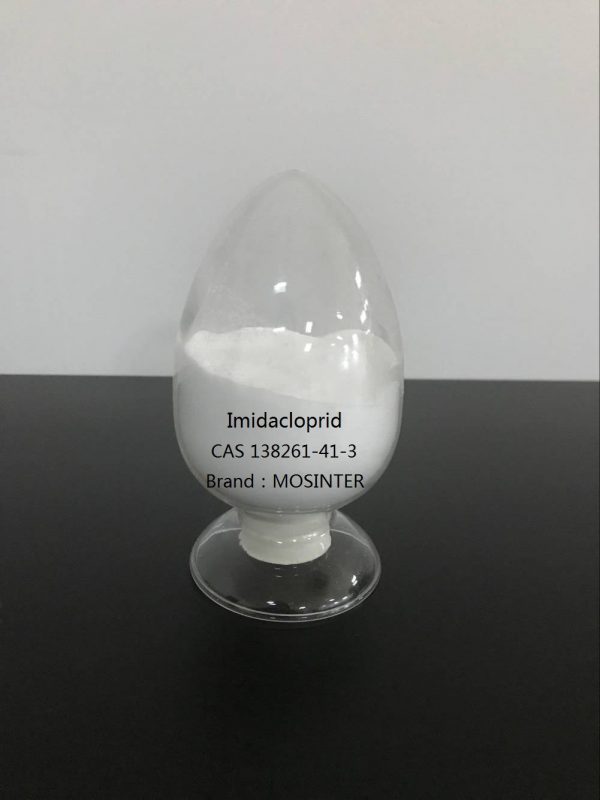
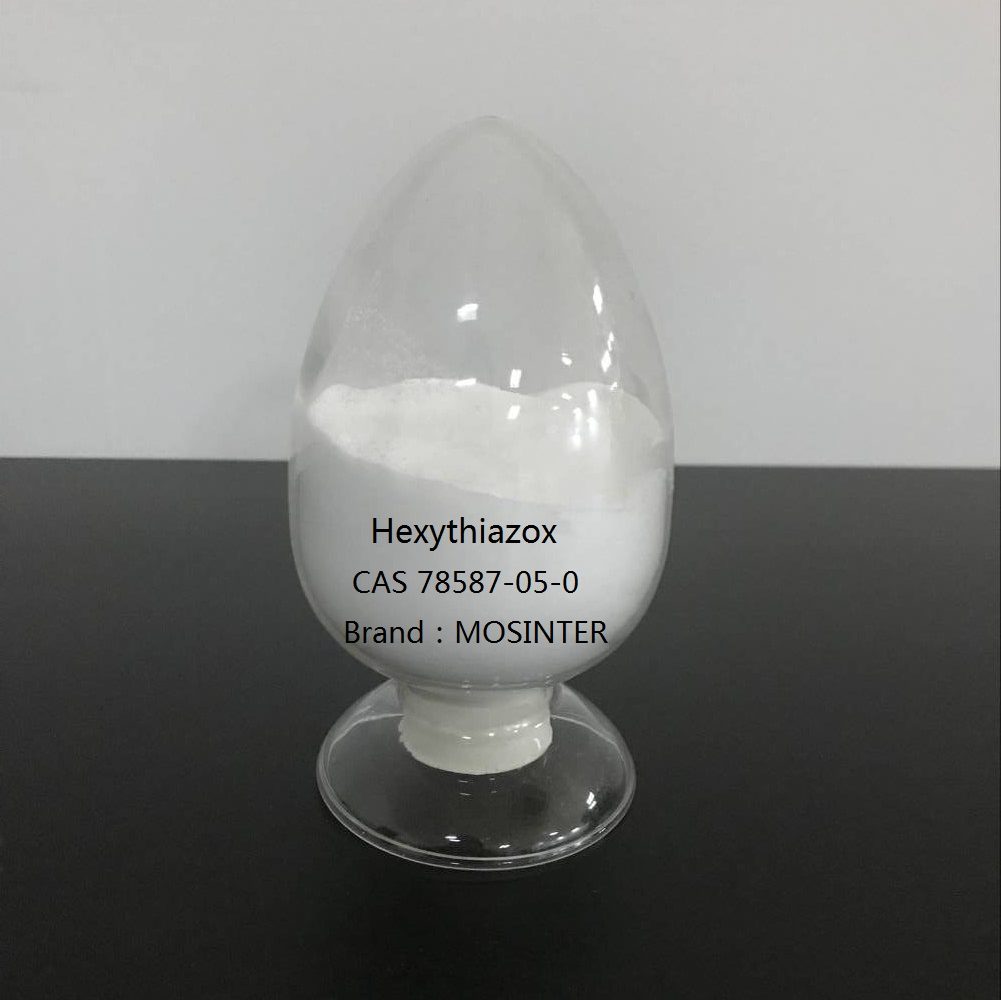
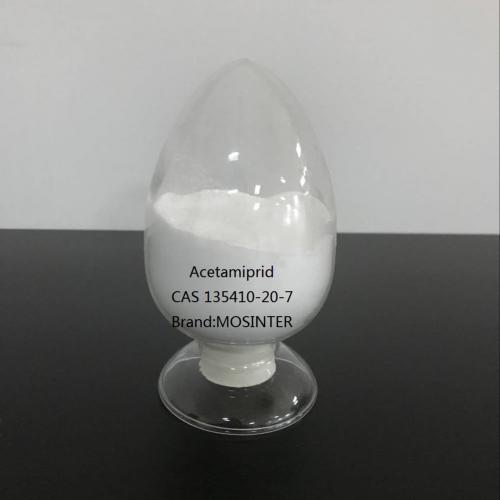
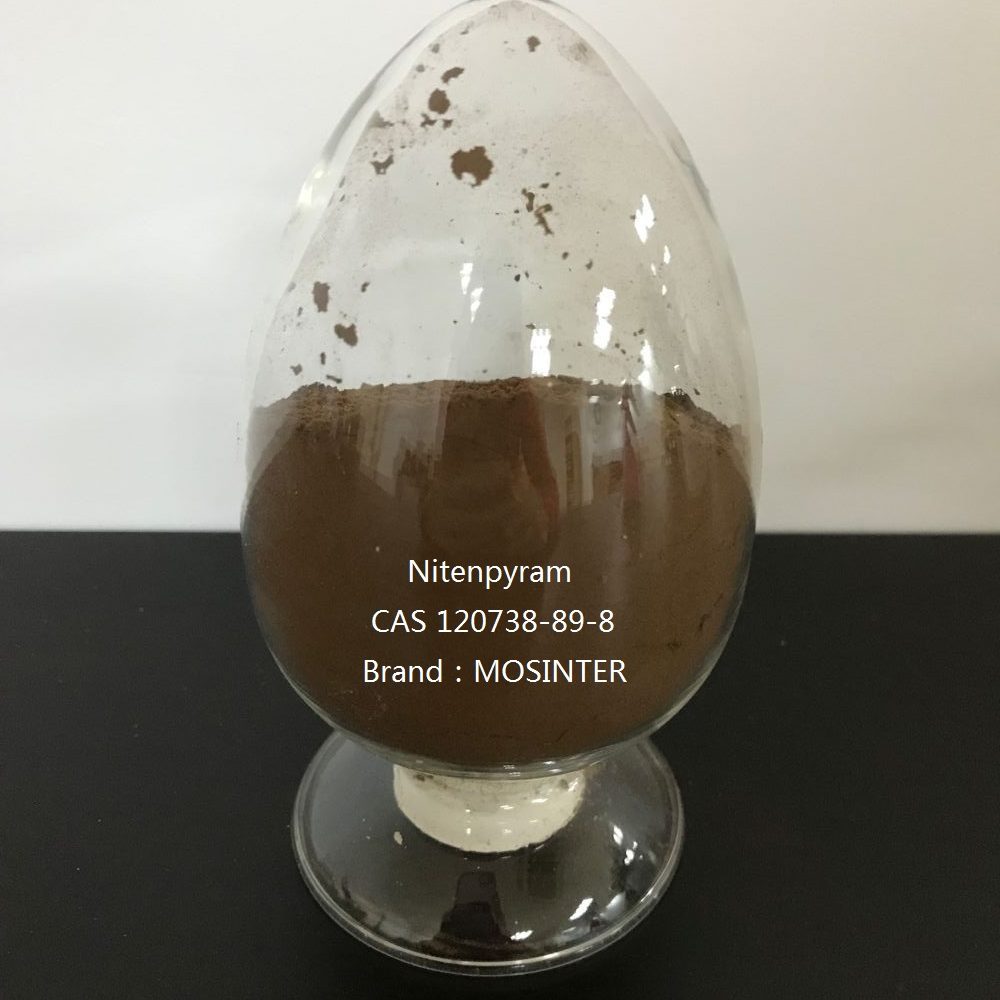
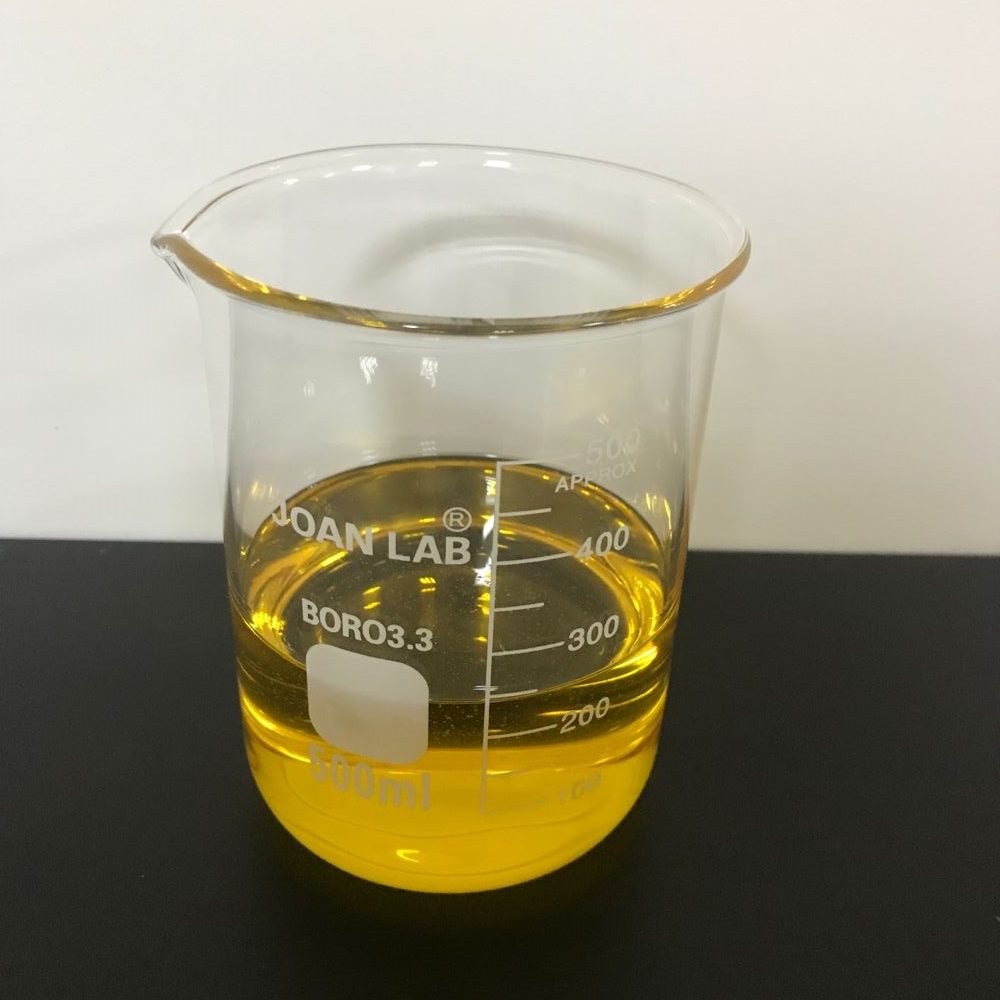
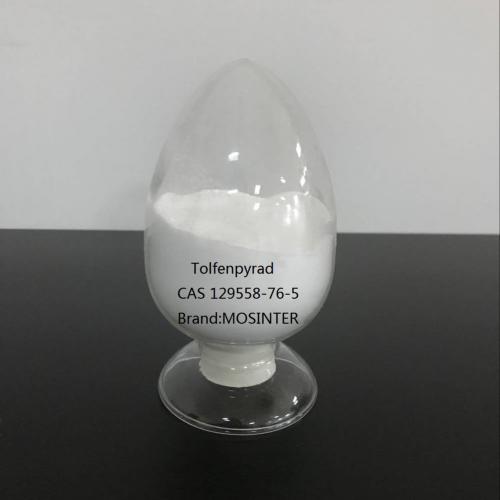
Reviews
There are no reviews yet.